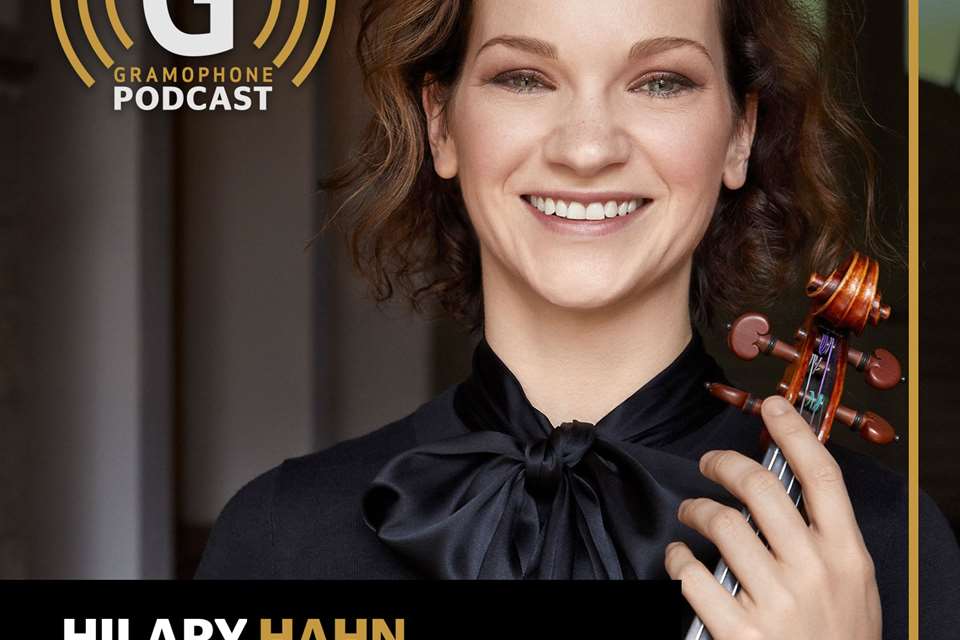Hilary Hahn interview: ‘Lockdown has taught me a lot about what art means to people, and what happens when the availability of it changes’
Andrew Mellor
Friday, March 5, 2021
Hilary Hahn’s new album, which pays tribute to Paris, marks the end of a year-long sabbatical that reminded her what’s worth fighting for, writes Andrew Mellor
Register now to continue reading
Thanks for exploring the Gramophone website. Sign up for a free account today to enjoy the following benefits:
- Free access to 3 subscriber-only articles per month
- Unlimited access to our news, podcasts and awards pages
- Free weekly email newsletter









